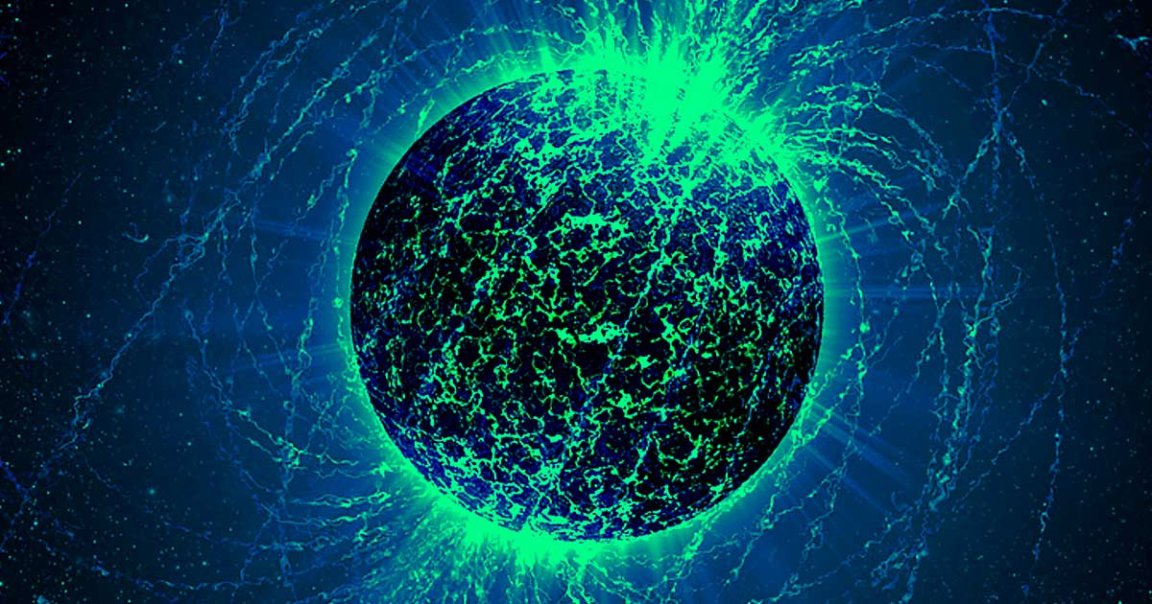
Imaging Pisces
For the first time, NASA managed to map the entire surface of a neutron star (read: the cosmic carcass of a massive star after it detonates in a massive supernova explosion).
The neutron star, J0030+0451 is found within the Pisces constellation. It’s only 16 miles wide, according to Astronomy, but still has at least 1.3 times the mass of our Sun. By using NASA’s x-ray-measuring satellite NICER, scientists managed to construct a map of unprecedented detail, helping them build out their (and our) understanding of the universe like never before.
Long Month
The discovery, described in a new series of papers published in The Astrophysical Journal, took about a month to assemble with NASA’s supercomputers. Compiling the various recordings and measurements from this project into a coherent map was such a complex task that it would’ve taken about a decade to do on a standard computer, according to Astronomy.
It’s unclear what exactly what scientists want to use the new map for. NASA announced plans to recreate the map with more neutron stars, Astronomy reports, but in the meantime, it’s worth taking a minute and just appreciating how cool this astronomical accomplishment is.
READ MORE: Astronomers map a neutron star’s surface for the first time [Astronomy]
More on neutron stars: Scientists Have Learned Why Neutron Stars Shine So Bright